No genius formula, ancient wisdom, or otherwise elaborate algorithm led the Fair Work Commission (FWC) to raise the national minimum wage by 5.2 per cent. But, with inflation this month hitting 5.1 per cent, the FWC figured they’d do one better – for better or for worse.
It seems economic recklessness is acceptable if it means the government can sell a warm and fuzzy headline celebrating how ‘minimum wage increases faster than CPI’. Is an increase to the minimum wage really the solution to low-income earners feeling the pinch of runaway inflation? Not even close.
Small businesses across Australia are grappling with the reality of the increased cost of production with global supply shortages, increased cost of transport due to skyrocketing fuel prices (set to worsen on October 1 when the government increases the Fuel Excise Tax by $0.22 cents/litre), and now the largest increase to minimum wages seen since 2006.
Advocates for high minimum wages hope that the business community will simply absorb the higher costs. In reality, case studies from around the world illustrate what we can expect:
- Increase in cost of products and services
- Decrease in amount of work offered to staff
- Decrease in number of employees hired
Each scenario harbours trouble for the economy in the long run. Passing on the cost of higher wages to consumers would dampen any benefits of the wage increases for low-income earners. It would also worsen the already rampant rate of inflation. Cutting hours accentuates the chronic issue of underemployment and workforce casualisation – a key issue Labor campaigned against in the election.
Most significantly, minimum wage hikes destroy jobs and snuff the creation of new jobs.
The ATA published an analysis on the minimum wage elasticity of labour demand, a metric that looks at the minimum price an employer is willing or able to pay an employee within a domestic labour market. An elasticity of zero would mean a high minimum wage would have no impact on employment. Even the most economically illiterate individual could understand that a minimum wage of $100/hr would result in mass unemployment. Economists estimate the figure to be in the range of -0.1 and -0.3.
According to the OECD, Australia has the highest real minimum wage of any developed country in the world and, as such, we tend to lie on the top end of this spectrum, closer to -0.3, which is what Labor Minister Andrew Leigh discovered when he studied the Australian minimum wage in 2003. If his calculation is correct, today’s minimum wage increase will cost the economy 210,000 new jobs.
In 2003, unemployment hovered around the 6.0 per cent mark, far worse than our current rate of 3.9 per cent. Lower unemployment lessens the impact of the minimum wage elasticity of labour demand but, even under current conditions, tens of thousands of Australia’s lowest earners will pay the price.
The most conservative estimate of -0.1 – almost a third of what Leigh estimated – reveals the latest wage increase will kill off 70,000 low-income jobs that now will never be created. That’s a minimum of 70,000 people who are no longer able to provide for their family and now face the humiliation of joining the Centrelink queue. For all the hysteria about stagnant wages and the need for a pay rise, people forget that a job is better than no job at all.
We all want to see higher wages. Minimum wage increases feel good. They make us feel warm and fuzzy on the inside. But the only sustainable way to get them is to boost national productivity, not by forcing a higher minimum wage.
To the average punter, they’re a surefire vote winner. But eventually, the public will realise that these wage hikes only lead to three horrible outcomes, none of which benefits low-income earners in the long run.
Barclay McGain is a researcher at the Australian Taxpayers’ Alliance.
Got something to add? Join the discussion and comment below.
Get 10 issues for just $10
Subscribe to The Spectator Australia today for the next 10 magazine issues, plus full online access, for just $10.

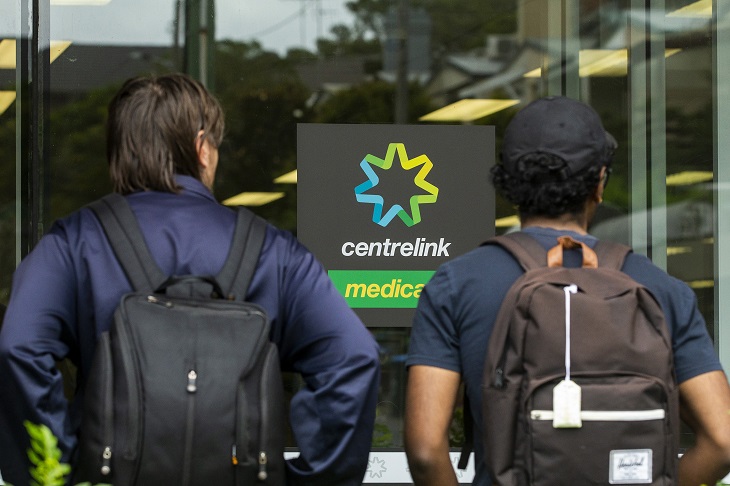
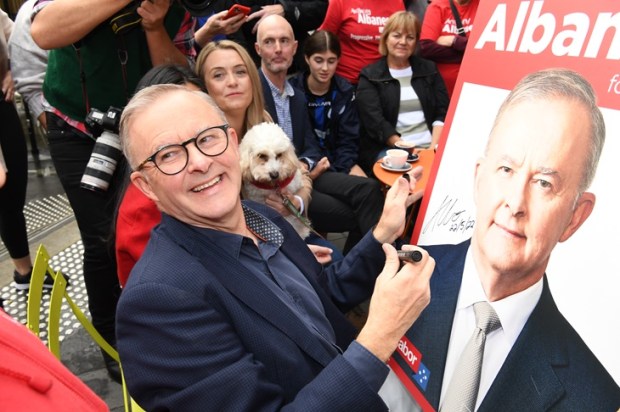
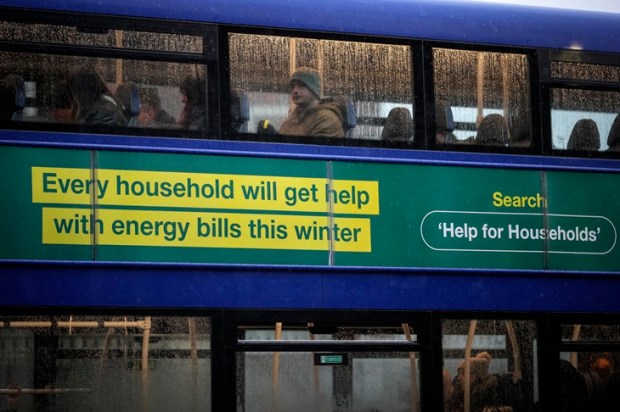
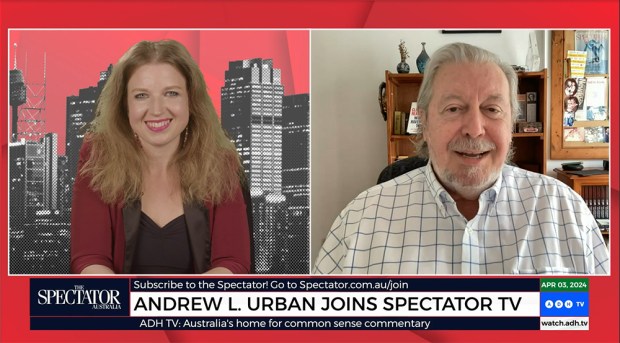


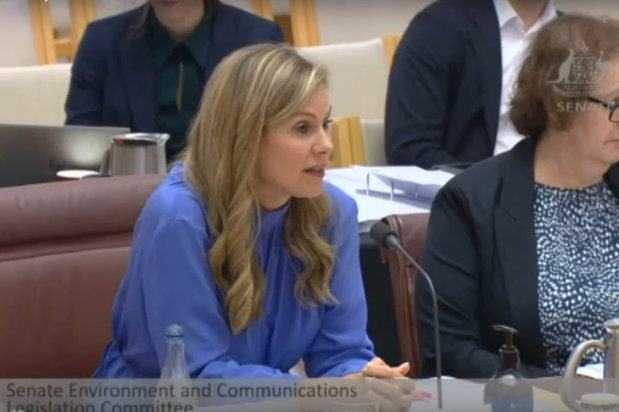


















Comments
Don't miss out
Join the conversation with other Spectator Australia readers. Subscribe to leave a comment.
SUBSCRIBEAlready a subscriber? Log in